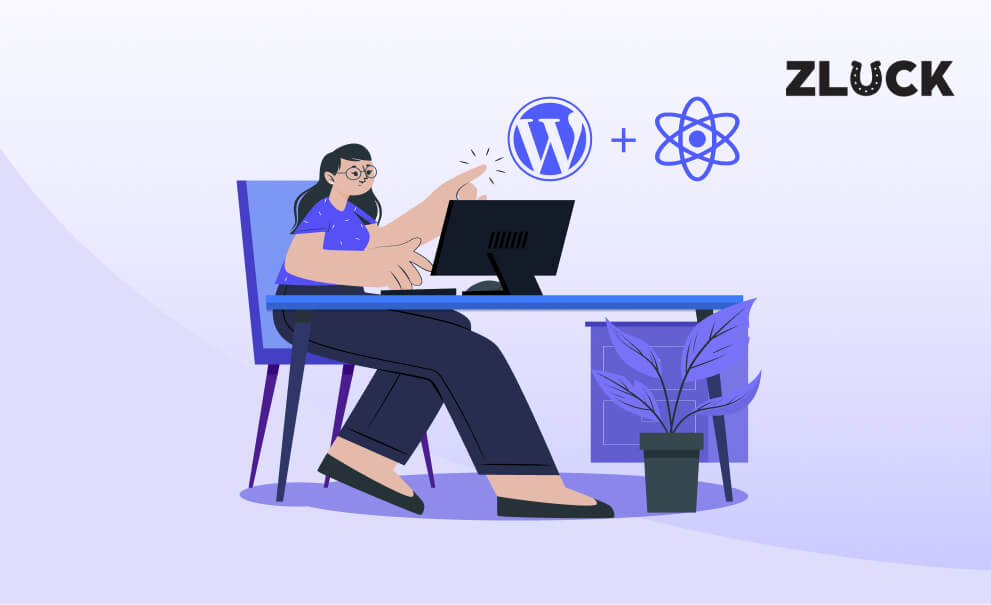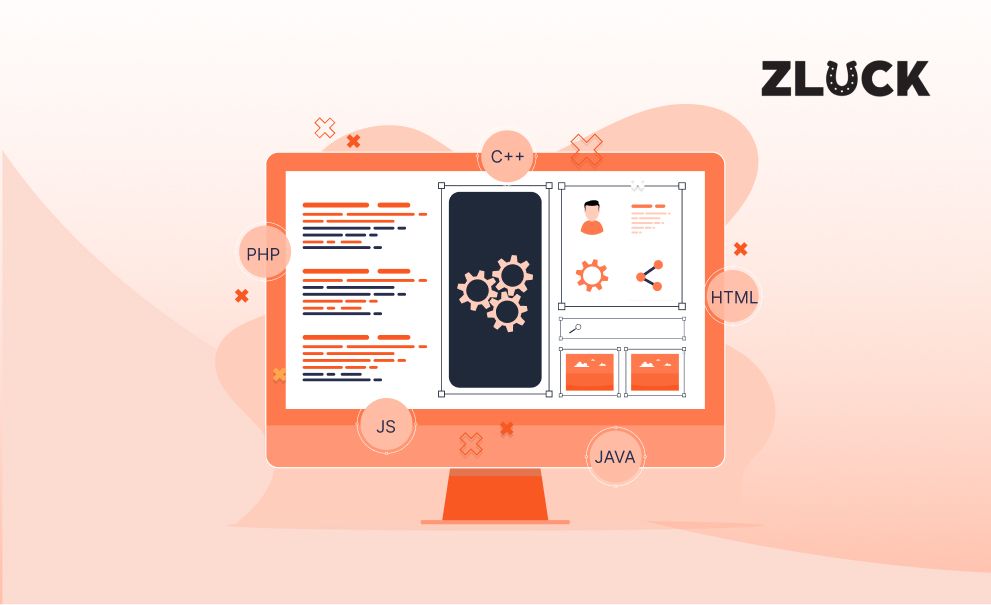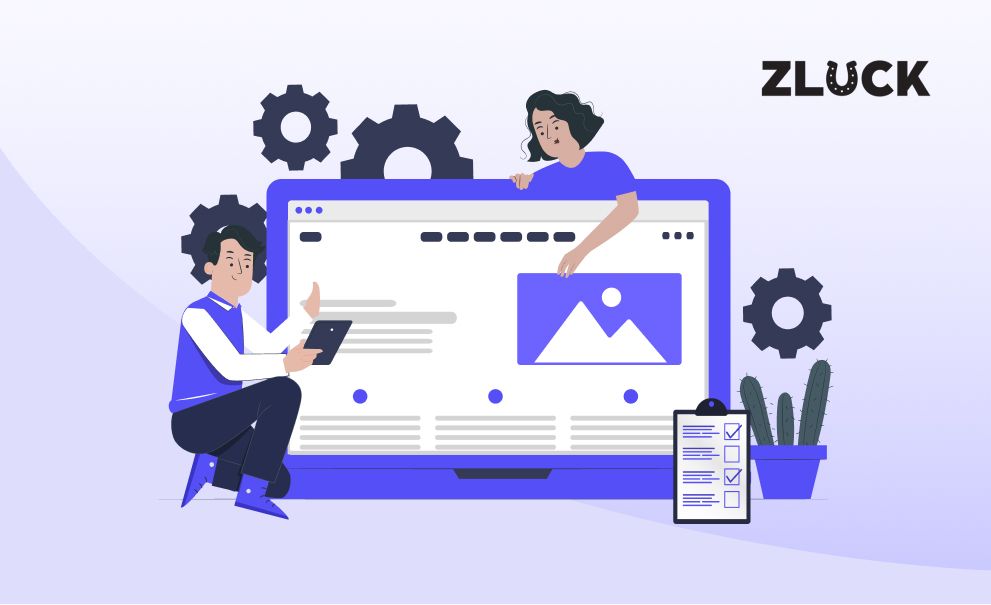Introduction
As the digital landscape continues to evolve, website design must adapt to meet the changing expectations of users and take advantage of new technologies. In 2025, it’s not just about creating a visually appealing website, but offering an interactive, personalized, and innovative experience. From augmented reality features to AI-powered personalization, the future of web design promises to revolutionize the way users engage with digital content. In this blog, we’ll explore 10 cutting-edge website design ideas that will not only enhance user experience but also help you stay ahead of the curve in 2025. Whether you’re building a new site or looking to refresh your existing one, these design trends are sure to inspire creativity and drive results.
1. Micro-Interactions
Micro-interactions are those tiny details that make a website or app feel interactive and alive. They’re small design features that respond to a user’s actions, such as clicking, hovering, swiping, or typing. These interactions are subtle but essential because they make the interface easier to use and more enjoyable.
Imagine typing your password into a login form. If the password meets the criteria, a green checkmark appears. If it doesn’t, the field might shake, or a message might appear saying, “Password needs at least 8 characters.” These are micro-interactions—they help guide the user without overwhelming them.
Why Try It in 2025: They make websites feel interactive and engaging, helping with navigation and guiding users with immediate visual feedback.
Example Website:
Apple uses subtle micro-interactions throughout their website to guide users during product exploration.
2. Minimalist Design with Bold Typography
Minimalist design is about removing all unnecessary clutter to focus on what truly matters. Instead of crowding a page with images, text, and buttons, minimalist design uses lots of empty (white) space and ensures every element has a purpose.
Bold typography is often paired with this style to grab attention immediately. Imagine visiting a website that has a clean white background with a large, bold heading saying, “We Build the Future.” This combination is visually striking, easy to read, and makes the message stand out.
Why Try It in 2025: It removes clutter, emphasizes content, and creates a sophisticated look that’s easy to navigate.
Example Website:
Airbnb uses minimalist design with bold typography, letting users focus on the content while offering a visually appealing design.
3. Locomotive Scroll Animations
Locomotive scrolling creates smooth, dynamic scrolling effects that enhance user engagement. Instead of a basic up-and-down scroll, it lets content move creatively, like sections overlapping, images zooming in, or text sliding into view as you scroll.
This type of animation makes the website feel interactive and immersive. It’s not just about getting from top to bottom—it’s about the journey in between.
Why Try It in 2025: In 2025, providing a seamless, fluid user experience is crucial, and Locomotive Scroll animations help achieve this by creating smooth, natural transitions between sections. It enhances storytelling, guides the user through content, and adds a level of sophistication to your website.
Example Website:
Red Bull incorporates Locomotive Scroll animations in their website to create fluid transitions and interactive effects as users scroll through their content. The animations give the website an energetic, dynamic feel that complements the brand’s adventurous identity.
4. 3D Elements and Animations
3D elements are lifelike graphics that can be rotated, zoomed, or interacted with on a website. Combined with animations, they create immersive, dynamic experiences.
Instead of showing a flat image of a product, 3D elements let users explore it from every angle. Add animations, and the product can assemble itself or demonstrate its features in real time.
Why Try It in 2025: It creates an immersive and engaging experience, offering users more interaction and dynamic visuals.
Example Website:
Spotify utilizes 3D effects and animations, especially in their visual elements and backgrounds, to add energy and interactivity.
5. Edge-to-Edge and Full-Screen Layouts
Edge-to-edge and full-screen layouts utilize the entire width and height of a screen to display content. Unlike traditional layouts, which leave space (margins) around the content, these designs stretch elements like images, videos, or sections to cover the entire screen.
This approach makes the design immersive, modern, and visually impressive. Imagine visiting a website where a high-resolution image or video background fills your screen, paired with minimal text or a bold headline.
Why Try It in 2025: In 2025, edge-to-edge and full-screen layouts will keep captivating users by offering immersive, eye-catching designs. These layouts will be perfect for engaging storytelling and staying aligned with the latest design trends.
Example Website:
BMW utilizes edge-to-edge layouts on its site, focusing on high-quality imagery and showcasing cars in a visually immersive way.
6. Neuromorphism Design
Neuromorphism (short for “neuro-skeuomorphism”) is a design trend that mimics real-life objects by creating soft, lifelike effects. It uses shadows, gradients, and highlights to make buttons, cards, and other elements look like they’re pressed into or raised out of the background.
For example, a button might look like it’s slightly bulging from the surface, as if you could physically press it. This gives designs a tactile, 3D-like feel.
Why Try It in 2025: It creates a tactile, futuristic look and feel, making websites appear more intuitive and easier to navigate.
Example Website:
Neumorphism.io is a website that showcases and allows you to experiment with the neuromorphism design trend.
7. Custom Illustrations and Animations
Custom illustrations are hand-drawn or uniquely designed graphics tailored to match a brand’s personality. When paired with animations, these illustrations come to life, making websites more engaging and memorable.
Instead of using stock images or generic icons, custom illustrations make a website feel original and help businesses stand out. For instance, a tech startup might use animated illustrations to explain how their product works in a fun, digestible way.
Why Try It in 2025: Custom illustrations make a website feel unique and personal, enhancing the storytelling aspect and making it more memorable. With growing competition and cookie-cutter designs, having bespoke illustrations allows your brand to stand out and connect emotionally with users.
Example Website:
Figma uses elegant custom illustrations that make their design platform feel inviting and visually cohesive, enhancing the overall user experience with delightful animations.
8. Fluid and Interactive Animations
Fluid animations are smooth, seamless transitions that respond naturally to user actions. They create a sense of flow, making websites feel dynamic and alive. For instance, when you hover over a menu item, it might gently expand or change color, guiding your attention in an engaging way.
Interactive animations go a step further by responding directly to user inputs, such as dragging, clicking, or scrolling. For example, a slider might morph into a graph as you drag it, giving you real-time feedback.
Why Try It in 2025: These animations provide an enjoyable, interactive experience and make websites feel more alive and responsive.
Example Website:
Stripe uses fluid animations and transitions that enhance user experience with smooth interactions on their payment platform.
9. AI-Driven Personalization
Imagine you are shopping on an e-commerce website like Amazon. You’ve searched for running shoes and added a pair to your cart. The next time you visit the website, it suggests socks, fitness trackers, or athletic apparel based on your previous activity. Additionally, the homepage shows promotions like “20% off on sports gear” tailored to your browsing history.
Even the website layout might adapt—for instance, placing the “Fitness & Sports” category prominently on the menu while reducing focus on unrelated categories like “Kitchen Appliances.”
Why Try It in 2025: In 2025, AI-driven personalization will be more advanced, offering deeper, real-time customization of user experiences. As AI technology evolves, businesses can deliver highly relevant content, improving customer satisfaction and conversion rates.
Example Website:
Amazon uses AI-driven personalization to offer tailored recommendations, promotions, and layouts based on browsing and purchasing behaviors.
10. One-Page Scrolling Websites
A one-page scrolling website is a type of website where all the important content is displayed on a single page. Instead of clicking through different pages, visitors scroll down (or sometimes sideways) to view different sections of the site. This layout is often used to create a smooth and focused experience, perfect for storytelling, portfolios, or showcasing products.
Single-page websites are great for storytelling and creating focused user journeys. As mobile browsing continues to grow, this format is effective for offering a streamlined, accessible experience.
Why Try It in 2025: Single-page websites are great for storytelling and creating focused user journeys. As mobile browsing continues to grow, this format is effective for offering a streamlined, accessible experience.
Example Website:
The New York Times – The 1619 Project uses a one-page scrolling format to present a narrative-driven approach to important historical content.
Conclusion
In 2025, website design isn’t just about looking good—it’s about creating meaningful, interactive experiences that keep users engaged. By experimenting with ideas like AI-driven personalization, bold typography, custom animations, or immersive one-page layouts, you can stay ahead of the curve and build websites that truly connect with your audience. These trends don’t just make websites more visually appealing; they improve functionality and user satisfaction. So, embrace these innovations, let your creativity flow, and design websites that leave a lasting impression!















